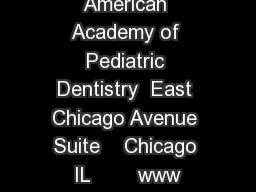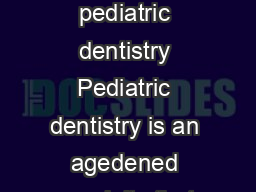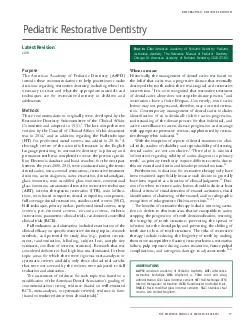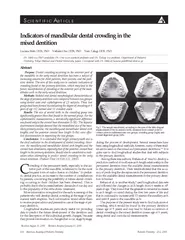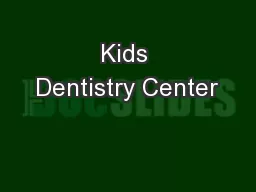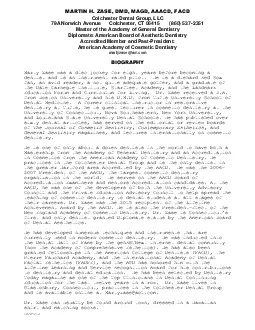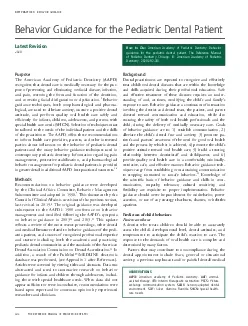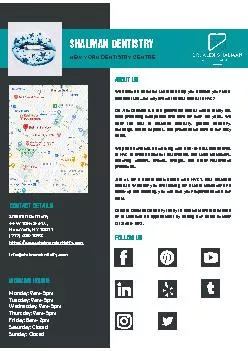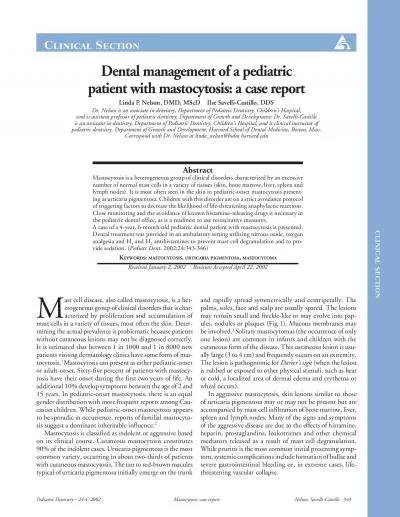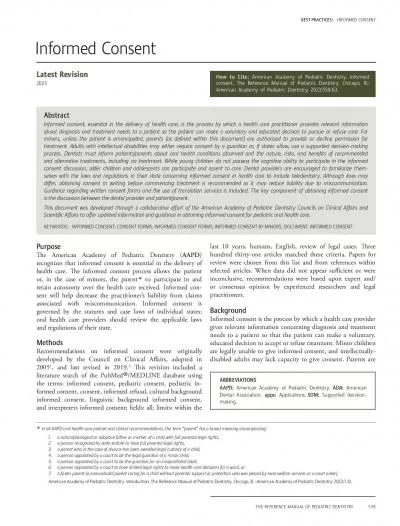PDF-American Academy of Pediatric Dentistry East Chicago Avenue Suite Chicago IL
Author : myesha-ticknor | Published Date : 2014-12-03
aapdorg Get It Done In Year One Dental Care is Crucial During the First Year of Life x Proper care for baby teeth is imperative as they serve several critical functions
Presentation Embed Code
Download Presentation
Download Presentation The PPT/PDF document "American Academy of Pediatric Dentistry ..." is the property of its rightful owner. Permission is granted to download and print the materials on this website for personal, non-commercial use only, and to display it on your personal computer provided you do not modify the materials and that you retain all copyright notices contained in the materials. By downloading content from our website, you accept the terms of this agreement.
American Academy of Pediatric Dentistry East Chicago Avenue Suite Chicago IL : Transcript
Download Rules Of Document
"American Academy of Pediatric Dentistry East Chicago Avenue Suite Chicago IL "The content belongs to its owner. You may download and print it for personal use, without modification, and keep all copyright notices. By downloading, you agree to these terms.
Related Documents

